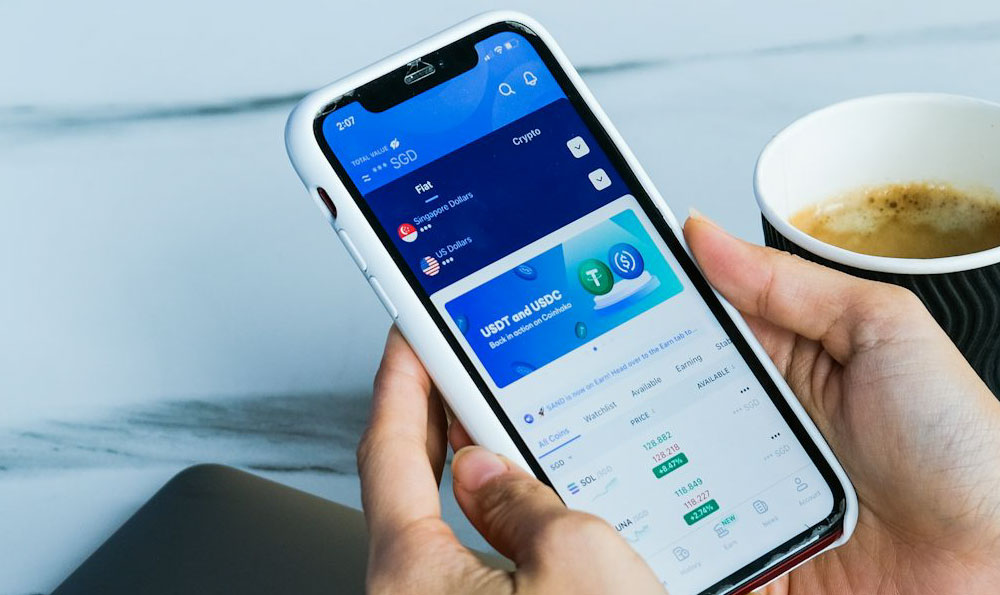Pinterest, the visually-driven social discovery platform, has carved out a unique niche in the digital advertising landscape. Unlike platforms like Facebook or Twitter that primarily focus on social connection and real-time updates, Pinterest serves as a virtual bulletin board where users curate and discover ideas, products, and inspiration through images and videos. This distinct purpose profoundly influences how Pinterest generates revenue and structures its monetization strategies.
The primary source of revenue for Pinterest is advertising. However, the way Pinterest implements advertising is deeply interwoven with its user experience. The platform understands that users come to Pinterest to discover and plan, whether it's for a home renovation project, a wedding, or simply finding new recipes. Therefore, its advertising is designed to be less disruptive and more integrated into the discovery process. This approach makes advertisements feel less like interruptions and more like relevant suggestions aligned with the user’s interests and intentions.
Specifically, Pinterest employs several key advertising formats that contribute significantly to its revenue stream. Promoted Pins are the backbone of Pinterest's advertising model. These are regular Pins that businesses pay to promote, extending their reach to a wider audience beyond their existing followers. Promoted Pins appear seamlessly within users' feeds and search results, marked with a subtle "Promoted" label. Their visual nature aligns perfectly with the platform's aesthetic, making them blend in organically. The effectiveness of Promoted Pins stems from their ability to target users based on their interests, demographics, and even search keywords. For instance, a user searching for "boho wedding decor" might see Promoted Pins showcasing related products or services from relevant businesses.

Another valuable advertising format is Promoted Video Pins. Given the increasing popularity of video content online, Pinterest has embraced this medium to engage users more effectively. Promoted Video Pins function similarly to Promoted Pins, but they utilize video to convey a message. These are particularly effective for brands looking to showcase product demonstrations, tell compelling stories, or create engaging tutorials. They can capture user attention more readily and leave a lasting impression.
Beyond individual Pins, Pinterest offers Promoted Carousels. This format allows advertisers to showcase multiple images or videos within a single ad unit. Users can swipe through the carousel to explore different aspects of a product, service, or brand story. This multi-image approach is particularly useful for showcasing product variations, highlighting different features, or presenting a step-by-step guide. It enables richer storytelling and allows advertisers to convey more information within a single ad unit.
Shopping Ads are another crucial component of Pinterest’s monetization strategy, directly linking user inspiration to purchasing opportunities. These ads feature products that users can purchase directly from the platform. When a user clicks on a Shopping Ad, they are typically directed to the retailer's website to complete the purchase. This streamlined process makes it easy for users to act on their inspiration and convert their browsing into sales. Shopping Ads are powered by product catalogs that businesses upload to Pinterest, allowing the platform to automatically create ads based on the information provided. This automation makes it easy for businesses to showcase their products and reach potential customers.
Collections Ads are a newer format that allows brands to combine lifestyle imagery with direct links to products. These ads feature a hero image or video that sets the scene and showcases products in a real-world context. When users click on the hero image, they are taken to a collection of related products that they can purchase. This format is particularly effective for brands that want to inspire users and show them how their products can be used to create a certain look or feel. This blend of inspiration and commerce is a key element of Pinterest's appeal.
While advertising remains the primary driver of revenue, Pinterest is also exploring alternative monetization strategies to diversify its income streams. One area of focus is partnerships and collaborations with brands and influencers. Pinterest often works with brands to create sponsored content or host interactive events on the platform. These partnerships allow brands to reach a highly engaged audience and leverage Pinterest's unique platform to promote their products or services in a creative and authentic way.
Another area of potential growth is data licensing and analytics. Pinterest possesses a wealth of data about user interests, preferences, and behaviors. This data is valuable to businesses looking to understand their target audience and improve their marketing efforts. Pinterest could potentially license this data to third-party companies or offer analytics services to businesses that want to gain deeper insights into their customer base. However, Pinterest must carefully balance the potential benefits of data licensing with the need to protect user privacy.
Furthermore, Pinterest has invested in features that facilitate e-commerce and direct selling on the platform. Features like "Shop the Look" allow users to identify and purchase products directly from Pins. The platform is also integrating with e-commerce platforms like Shopify to make it easier for businesses to sell their products on Pinterest. These efforts aim to transform Pinterest from a platform for inspiration into a platform for commerce, blurring the lines between discovery and purchasing.
In conclusion, Pinterest's revenue generation hinges on its ability to seamlessly integrate advertising into its user experience. Its diverse range of ad formats, from Promoted Pins to Shopping Ads, allows businesses to reach a highly engaged audience with targeted and relevant messages. While advertising remains the dominant revenue stream, Pinterest is actively exploring alternative monetization strategies, such as partnerships, data licensing, and enhanced e-commerce capabilities, to diversify its income and solidify its position as a leading platform for visual discovery and inspiration. The key to Pinterest's continued success lies in its ability to maintain a balance between monetization and user experience, ensuring that advertising remains helpful and engaging rather than intrusive.












